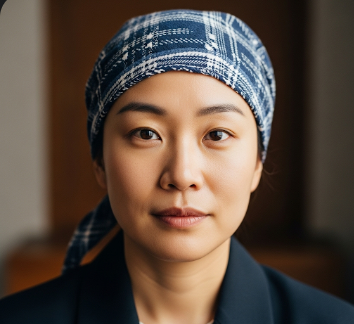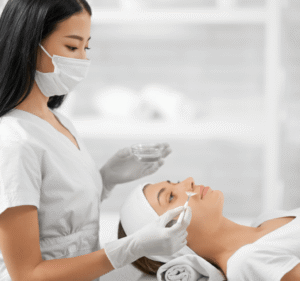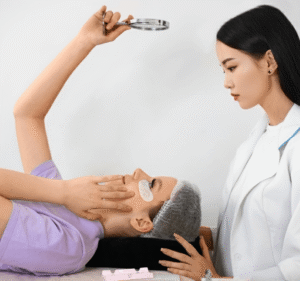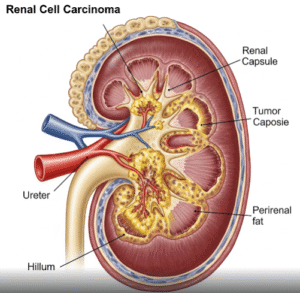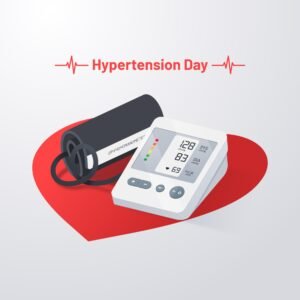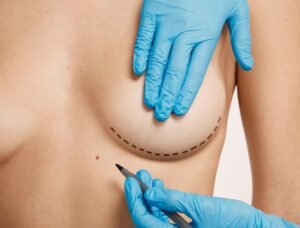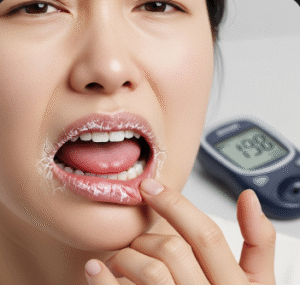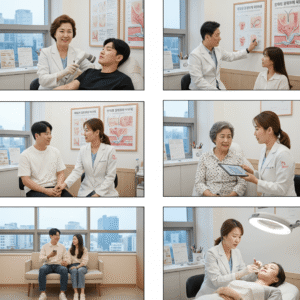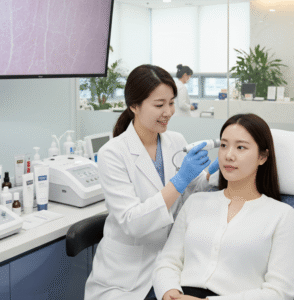Overview
Monolid eyes refer to a natural eyelid shape in which there is no visible crease above the upper eyelid. This eyelid type is common among East Asian populations, including Koreans, and is a normal anatomical variation rather than a medical condition. Monolids influence eye appearance, makeup techniques, and eyelid surgery options.
In Korea, monolid eyes are widely recognized and celebrated in beauty and fashion, and Korean ophthalmic and cosmetic surgeons offer safe and advanced procedures for those seeking double eyelid surgery (blepharoplasty) or eyelid aesthetic enhancements.
Key Facts
➤ Monolids lack a distinct upper eyelid crease.
➤ Common in East Asian and Southeast Asian populations.
➤ Can affect eye shape perception, makeup application, and eyelid surgery.
➤ Not associated with vision problems or medical risk.
➤ In Korea, cosmetic procedures for monolids are highly refined and popular.
What are Monolid Eyes?
Monolid eyes are defined by a smooth eyelid surface with no natural fold separating the eyelid into two parts. The upper eyelid may partially cover the eyelashes and can appear flatter compared to double-lidded eyes. This natural variation is genetically determined and is not linked to any health concerns.
Symptoms / Features
Monolid eyes themselves are not symptomatic, but their features may include:
➔ Absence of a visible eyelid crease.
➔ Eyelid skin may slightly cover the upper lash line.
➔ Eye shape appears almond-like or elongated horizontally.
➔ Makeup or cosmetic application may require different techniques.
➔ Eyelids can be prone to subtle puffiness or folds depending on age or fat distribution.
Causes / Possible Causes
Monolid eyes are primarily genetic, influenced by the distribution of eyelid fat, skin thickness, and muscle anatomy:
Genetic Factors
➤ Inherited from parents or ancestry.
➤ Common among East Asian, Southeast Asian, and some Central Asian populations.
Anatomical Features
➤ Thicker subcutaneous tissue in the eyelid.
➤ Shorter levator muscle attachment.
➤ Natural absence of supratarsal crease.
Non-Pathological
➤ Monolid eyes are completely normal and do not indicate any health issues.
When to Consult a Doctor
Medical consultation is usually not necessary unless the individual is considering cosmetic or functional surgery.
➤ For double eyelid surgery (blepharoplasty), an ophthalmic or plastic surgeon can provide guidance.
➤ If eyelids interfere with vision due to excessive skin or drooping (ptosis), medical evaluation is recommended.
➤ For concerns about eyelid symmetry, aesthetics, or aging changes, cosmetic consultation is advised.
Care and Management
Monolid eyes require basic eyelid hygiene and cosmetic care:
Daily Eyelid Care
➤ Keep eyelids clean and free from debris.
➤ Gently remove makeup to prevent irritation or infection.
➤ Moisturize if eyelid skin is dry.
Makeup Techniques
➤ Use eye primers and liners suited for monolids.
➤ Eyeshadow application can enhance eye depth and shape.
➤ False lashes or lash curlers may require adapted techniques.
Surgical / Cosmetic Options
➤ Double eyelid surgery (blepharoplasty) for those desiring a crease.
➤ Ptosis correction if eyelid drooping affects vision.
➤ Non-surgical options such as eyelid tape or glue for temporary crease formation.
Treatment Options in Korea
Korea is internationally renowned for cosmetic and ophthalmic eyelid procedures, offering high-quality, safe, and precise options for monolid eyes.
Surgical Options
➤ Incisional blepharoplasty – creates a permanent eyelid crease.
➤ Non-incisional (suture) method – less invasive, suitable for mild creasing.
➤ Ptosis correction surgery – improves eyelid lift for vision or aesthetics.
Non-Surgical Options
➤ Eyelid tape or glue – temporary crease formation for daily use.
➤ Botulinum toxin – to refine eyelid shape or reduce minor puffiness.
Clinical Support in Korea
➤ Experienced ophthalmic and plastic surgeons.
➤ Personalized consultation for symmetry, shape, and aesthetic goals.
➤ Advanced techniques minimizing scarring and downtime.
➤ Integration of laser and filler procedures to complement eyelid aesthetics.

